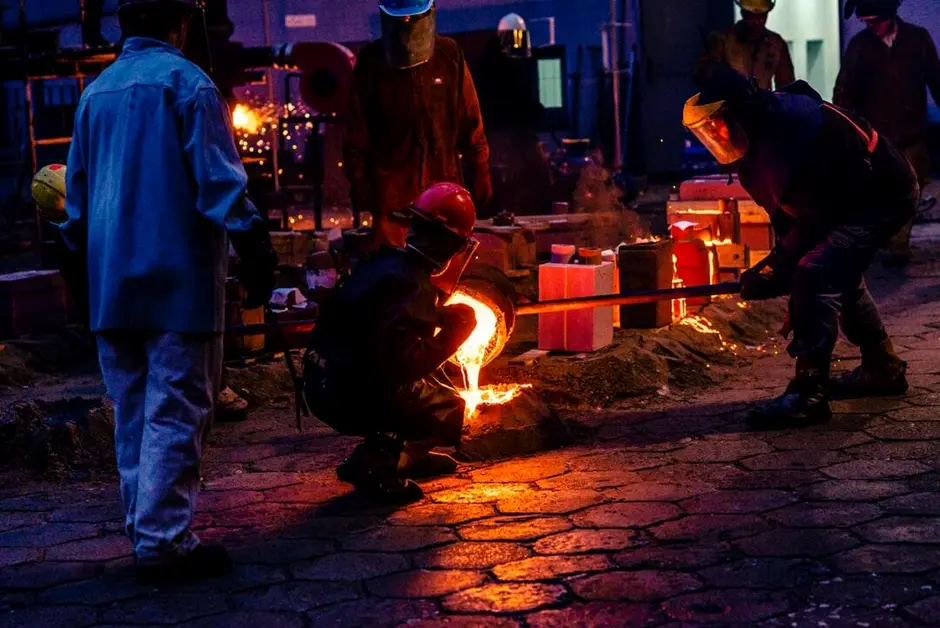Precision Metal Molding: Crafting Complex Parts with High Accuracy
Precision metal molding is the art of making very exact metal parts. It helps engineers build complex shapes with tight tolerances. Every surface, edge, and angle must match the design.
How can we shape such parts so precisely? The secret lies in careful molds, controlled heat, and deep knowledge of metals.
This method gives repeatable, accurate parts in many industries. It lets designers push boundaries on form and function. Keep reading to learn how precision metal molding shapes our modern world.
The Basics of Precision Metal Molding
Precision metal molding starts with a master design made to exact size. Then, a mold is built carefully to capture every detail. The mold must endure high heat, pressure, and repeated use.
Metal is melted and poured or forced into the mold cavity. After cooling, the molded part is removed.
Quality checks ensure the shape matches the design exactly. This process requires skill, good materials, and precise control.
Why Accuracy Matters in Complex Parts
Complex parts often have thin walls, tight curves, and fine details. If accuracy is poor, parts may not fit or may break early. In industries like aerospace, medicine, and electronics, small errors cause big failures.
Precision metal molding helps avoid those errors. It ensures each part meets the tight tolerances demanded by engineers. The more accurate the mold and process, the better the final part will perform in real use.
Key Challenges and Solutions in Metal Molding
One major challenge is shrinkage when the metal cools. Designers must account for that change in size. Another is ensuring uniform cooling to avoid warping or defects.
Also, molds may wear down or crack under stress. Good material choice and mold maintenance help.
Advanced simulation tools can predict metal flow and cooling issues. With proper planning, these challenges can be managed and minimized.
Materials and Alloys Used
Different metals and alloys behave differently under heat and pressure. Some are easier to mold; others are harder. Common choices include stainless steels, tool steels, aluminum, and nickel-based alloys.
The right alloy gives strength, corrosion resistance, or heat tolerance. The mold and the process must match the metal’s nature. In some advanced setups, a trusted investment casting foundry works alongside molding strategies to produce even more precise parts.
Quality Control and Post-Processing Steps
Once a part is molded, inspection begins with measuring dimensions and checking surfaces. Tools like microscopes, calipers, or 3D scanners help find tiny deviations. Some parts get heat treatments to increase strength or relieve stress.
Others may need polishing, machining, or surface finishing. All steps aim to deliver the final part exactly as intended. This ensures reliability and performance in its real application.
Elevate Your Production with Precision Metal Molding
Precision metal molding is a powerful way to make complex metal parts with high accuracy. It combines careful design, correct materials, and controlled molding steps. Engineers can trust that each part meets strict dimensions and shapes.
Quality control ensures no flaws slip through. When molded parts work reliably in their machines, that success comes from this precise process. For beginners or experts, mastering metal molding opens up bold new possibilities in design and production.
Did you find this article helpful? If so, check out the rest of our site for more informative content.
Also Read-

